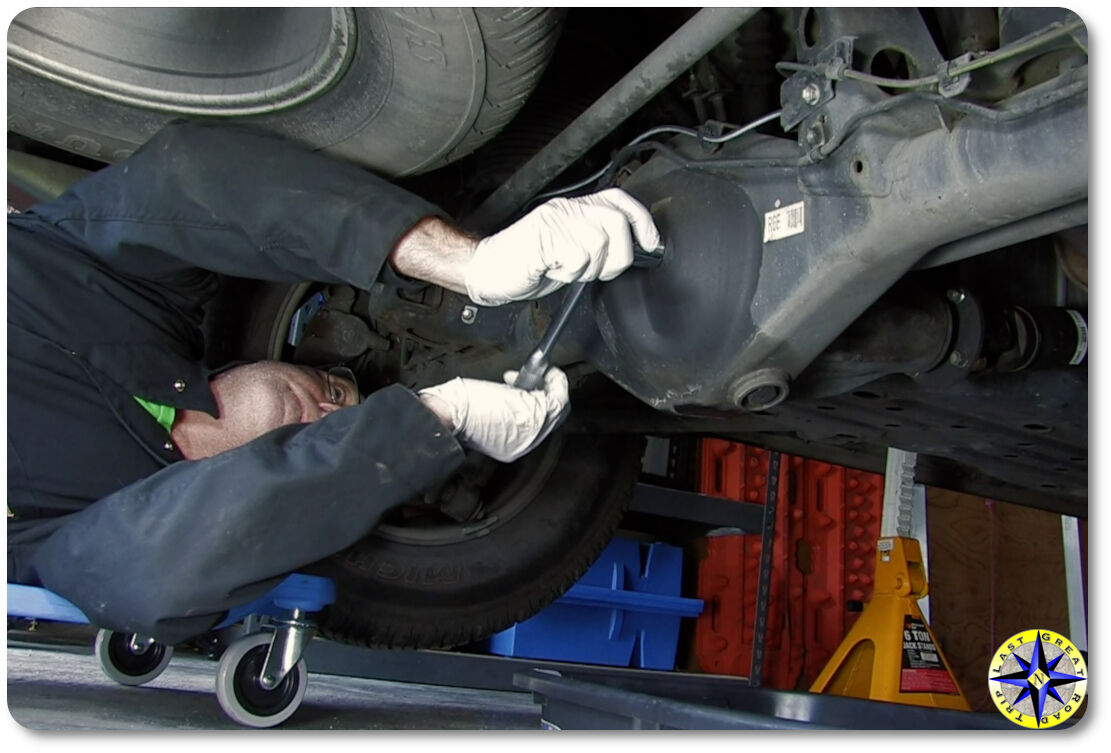The differential is the unsung hero of your drivetrain, transferring power to the wheels while allowing them to rotate at different speeds. Neglecting its maintenance can lead to gear wear, noise, and costly repairs. Regular lubrication with professional tools ensures smooth operation and extends the lifespan of your differential.
The differential is a gearbox located between the drive wheels, distributing engine power evenly while accommodating turns. Without proper lubrication, its gears and bearings can overheat, leading to premature failure.
Key Functions:
Balance power distribution between wheels.
Reduce friction and heat during operation.
Enable smooth cornering by allowing wheels to rotate at different speeds.
Ignoring differential maintenance can result in catastrophic damage. Watch for these warning signs:
Symptoms of Wear:
Whining or grinding noises during turns.
Vibrations from the rear axle.
Fluid leaks under the vehicle.
Burning smell from overheated gear oil.
When to Service:
Every 30,000 to 60,000 miles (check your vehicle manual).
After off-road driving or towing heavy loads.
Using precision tools ensures proper lubrication and prevents contamination.
Must-Have Tools:
High-quality gear oil pump (for clean fluid transfer).
Differential fluid suction gun (to remove old fluid).
Torque wrench (for precise bolt tightening).
Gasket scraper and sealant (to prevent leaks).
Infrared thermometer (to monitor operating temperatures).

1. Prepare the Vehicle
Park on a level surface and engage the parking brake.
Allow the differential to cool if recently driven.
2. Drain Old Gear Oil
Remove the differential fill plug (top) and drain plug (bottom).
Use a suction gun to extract old fluid completely.
3. Inspect and Clean Components
Check the drain plug for metal shavings (sign of gear wear).
Clean the housing and replace worn gaskets or seals.
4. Refill with Fresh Gear Oil
Use a gear oil pump to add manufacturer-recommended fluid.
Fill until fluid seeps out of the fill hole.
5. Reassemble and Test
Torque the plugs to specifications.
Take a short test drive and listen for abnormal noises.

Using the wrong fluid type: Always match viscosity and API ratings.
Overfilling or underfilling: Follow the manufacturer’s volume guidelines.
Ignoring leaks: Address worn seals immediately to prevent contamination.
Precision: Gear oil pumps prevent spills and air bubbles.
Efficiency: Suction guns streamline fluid extraction.
Durability: Proper tools reduce the risk of cross-threading or overtightening.
Regular differential maintenance is a small effort with long-term rewards: quieter operation, improved fuel efficiency, and extended gear life. By using professional tools and following this guide, you’ll keep your drivetrain running smoothly for years.
Equip your garage with our premium differential maintenance tools. [Shop Now] or contact our experts for tailored recommendations!
Q: How often should I change differential fluid?
A: Typically every 30,000–60,000 miles, but consult your manual for specific intervals.
Q: Can I use the same oil for front and rear differentials?
A: It depends on the vehicle—always check the manufacturer’s specifications.
Q: What happens if water enters the differential?
A: Water contamination causes corrosion. Drain and refill immediately.
By following this guide, you’ll master differential maintenance and safeguard your vehicle’s performance. 🛠️🔧
